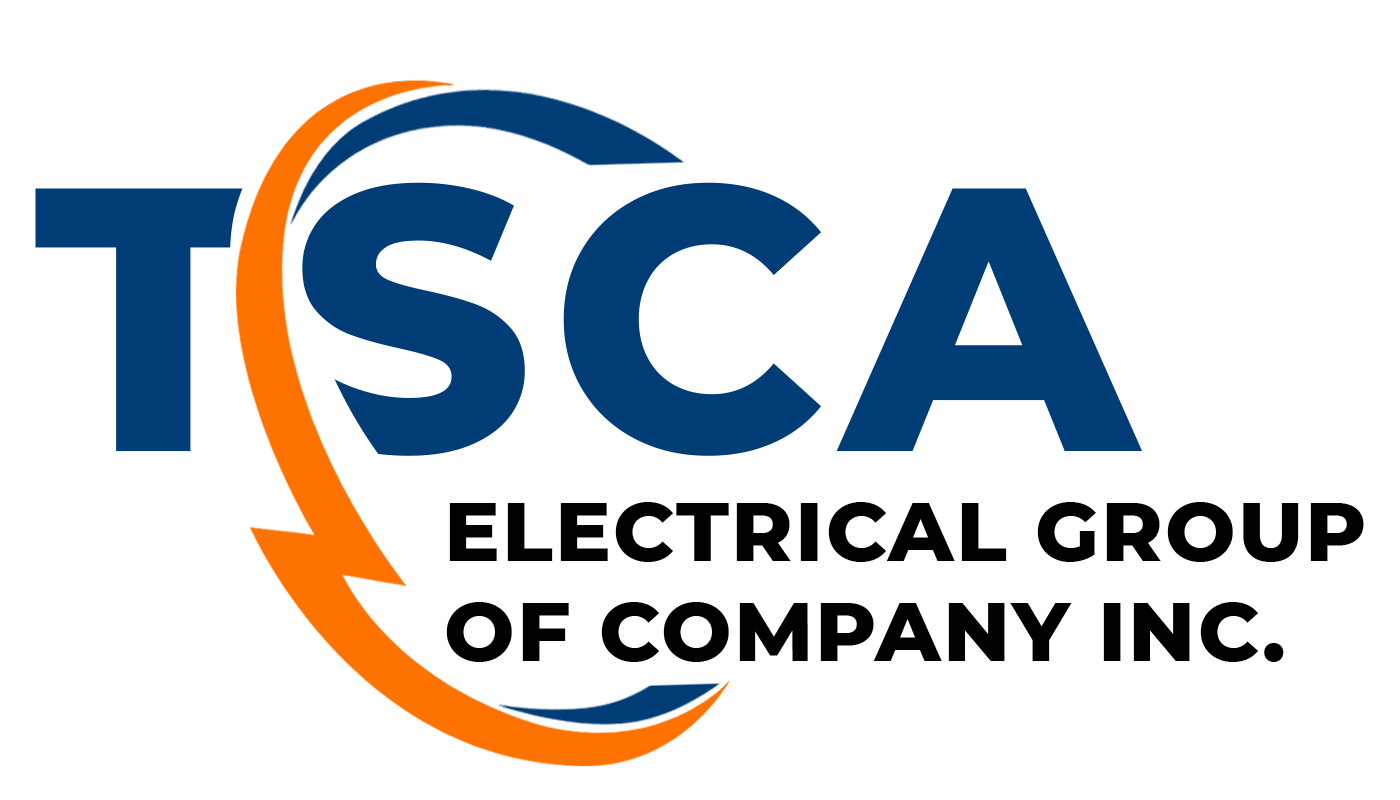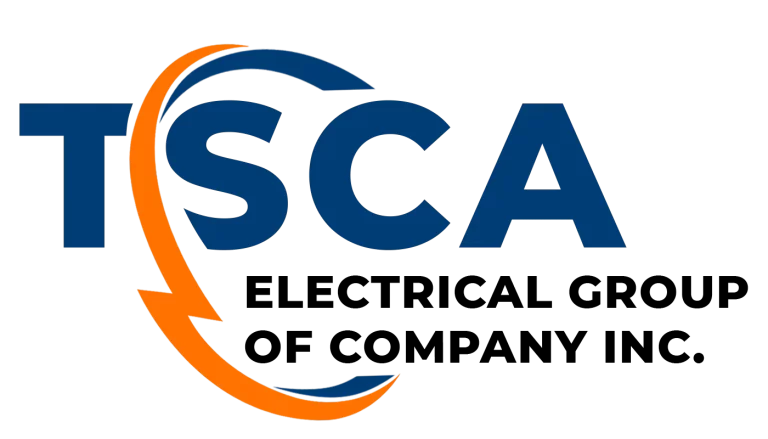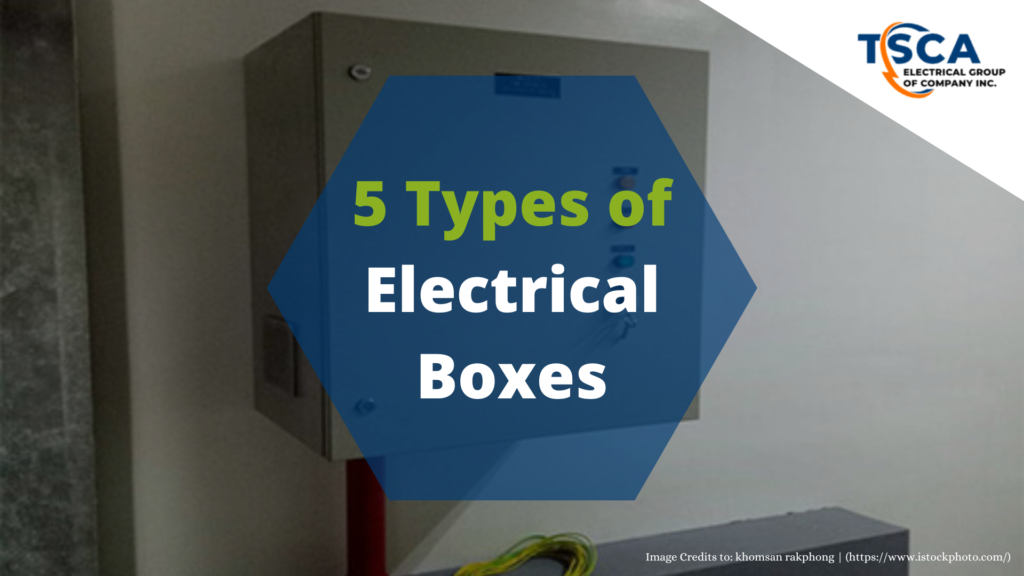What is Electrical Boxes?
An electrical box or electrical junction box (also known as a box) is an enclosure housing electrical connections. Junction boxes protect the electrical connections from the weather, as well as protecting people from accidental electric shocks.
1. Standard Rectangular Boxes
Standard rectangular boxes. They are typically used for single light fixture switches and outlet receptacles. They are generally 2 x 3 inches in size, with depths ranging from 1 1/2 inches to 3 1/2 inches. Some forms are gangable—with detachable sides that can be removed so the boxes can be linked together to form larger boxes for holding two, three, or more devices side by side.
Note: Best for single light fixture switches and outlet receptacles.
2. Round Pan Electrical Boxes
Round pan options are shallow circular boxes that are most commonly used for ceiling- or wall-mounted light fixtures that weigh no more than 50 pounds. These are typically only 1/2 inches or 3/4 inches deep, and they can be made of plastic or durable metal (with similar affordable prices). Some types of specially rated metal pan boxes may be used for mounting ceiling fans, but not all pan boxes may be used for this purpose.
It’s important that the fixture wires can be properly connected and fitted within the round pan box. These are shallow electrical boxes with only enough space for fitting two or three electrical connections. If there are more wire connections to be made, you will probably need a full-sized octagon or round electrical box with more volume. The number of wires in the electrical box should never exceed its safe fill capacity.
Note: Best for ceiling- or wall-mounted light fixtures weighing less than 50 pounds.
3. Metal and Plastic Electrical Boxes
Most electrical boxes are either metal or plastic: Metal boxes are generally made of steel, while plastic boxes are either PVC or fiberglass. Weatherproof metal boxes for outdoor use are generally made of aluminum.
If you are using metal conduit to run wiring to the electrical box, then a metal box is required—both to anchor the conduit and because the conduit and metal box itself may be used to ground the system. Metal boxes are more durable, fireproof, and secure.
Plastic boxes are typically cheaper in price and include built-in clamps for wires. If you are using a non-metallic cable, such as Type NM-B (non-metallic sheathed cable), then you can use either plastic boxes or metal boxes, as long as the cable is secured to the box with an appropriate cable clamp. Modern wiring systems with NM-B cable usually include a ground wire inside the cable, so the box is not part of the grounding system (however, metal boxes must be connected to the system ground, usually with a short length of wire called a pigtail).
Note: Best for metal-sheathed cable or metal conduit (metal boxes), Romex or non-metallic cables (plastic boxes)
4. Junction Boxes
A junction box is not a special type of box, but rather a term used to describe any standard electrical box used to enclose wire splices. The standard box used for junctions is a 4-inch square box (either metal or strong plastic), which offers plenty of space for making wire connections with multiple wires or cables, but other types of boxes can be also used for this application. Costs vary based on the type of junction box chosen.
It’s important to install junction boxes where they are always accessible. Never install a junction box in a concealed wall or ceiling space where the box cannot be accessed in the future. Junction boxes also must be covered with solid covers with no holes.
Note: Best for enclosing wire splices.
5. Outdoor Electrical Box
Weatherproof outdoor boxes are sealed enclosures designed to mount to the surface of exterior walls, roof overhangs, decks, and other structures. They are used for installing outdoor receptacles (outlets) and light fixtures. Outdoor boxes must have an outdoor cover or fixture rated for damp or wet locations, depending on the application.
Note: Best for outdoor electrical needs.
—
Thanks for reading 5 Types of Electrical Boxes, visit our blog page for more articles. We would love to hear about your electrical needs. Furthermore, please feel free to email or call us. Someone from our team will respond to your request right away. Feel free to get in touch with us.
1st Source(s): https://www.thespruce.com/
“DISCLAIMER: I don’t own the COPYRIGHT on the content of this article. This article is purely for sharing information only. The owner is on the source link above, click the link to visit them.”





